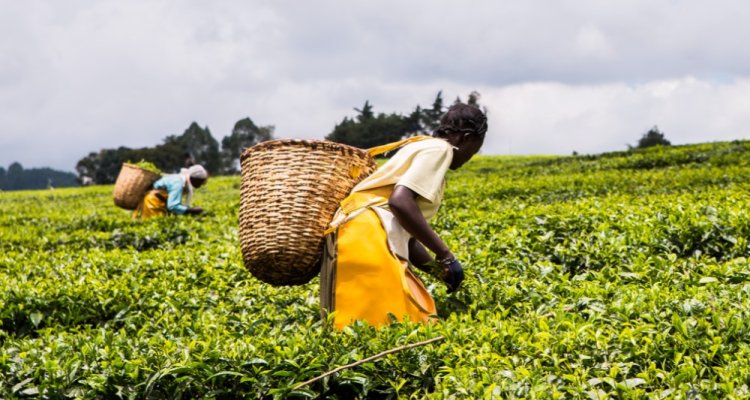
Nieuws
How to lift smallholder farmers out of poverty and protect the environment
A clear majority of smallholder farmers in commodity value chains such as cocoa, tea, coffee and oil palm are struggling to earn a living income. This despite numerous interventions in the past two decades, aiming to lift them out of poverty.
Previous interventions
The interventions ranged from training, to voluntary sustainability certification and the provision of free or subsidised inputs, to the support of farmer groups. It also included community-level provision of infrastructure, such as school buildings, medical centres and access to potable water.
Unfortunately, these measures and policies have not lifted smallholder commodity farmers above the $1.90 World Bank poverty line or a living income, nor have they halted deforestation. For more than 50% of the cocoa and tea farmers included in the research, household income would need to double for them to earn a living income.
Whitepaper: sustainable commodity production
In their white paper on sustainable commodity production, Wageningen University & Research researchers propose various approaches, aiming to create significant impacts on the income earned by commodity farmers and their household members and to protect both forests and biodiversity.
Key messages in the white paper:
- Only a minority of smallholder commodity farmers (hereafter called farmers) earn or could earn a living income from primary production. For many farmers primary agricultural production of global commodities will never be a pathway out of poverty because of small farm sizes and low productivity levels.
- Price increases at scale can play an important role but require supply management to offer stable long-term income impact without negative impact on forests and biodiversity.
- Farmers who cannot earn more than the living income need to be able to move out of agriculture. For that, they need alternatives, such as employment opportunities.
- Farmers remaining in agriculture should have the opportunity to increase farm sizes through appropriately implemented land reform.
- Such farmers should obtain support in land use change if they are situated in areas affected strongly by climate change. Support should consider the entire farm, not the commodity field only.
- In identifying the farmers who will or will not be lifted out of poverty by agriculture-based interventions, swift and effective decisions can be made on where and how to invest time and funds. In this way, policies and programmes can be implemented more cost-effectively, farmer's frustrations can be avoided, as well as any time and costs associated with non-adoption.
- Policies and interventions must consider contextual and personal factors which can influence farmers' behaviour as well as the behaviour of the other household members. People in rural areas should be listened to about their aspirations, needs and opportunities.
- Forest and biodiversity protection works best with multiple simultaneous interventions tackling all drivers of deforestation, including a strong role of the local population, sharing of information (data) and ultimately a concerted action between public and private stake-holders from different sectors, to prevent any shifting of the problem to some other sector or place.
- For designing effective and efficient interventions, findings should be shared between countries and across commodities on what works and what failed to work. This includes the sharing of data and methodologies to avoid too much data being collected too many times, with too many farmers being interviewed too often, to satisfy the needs of various buyers and implementers.